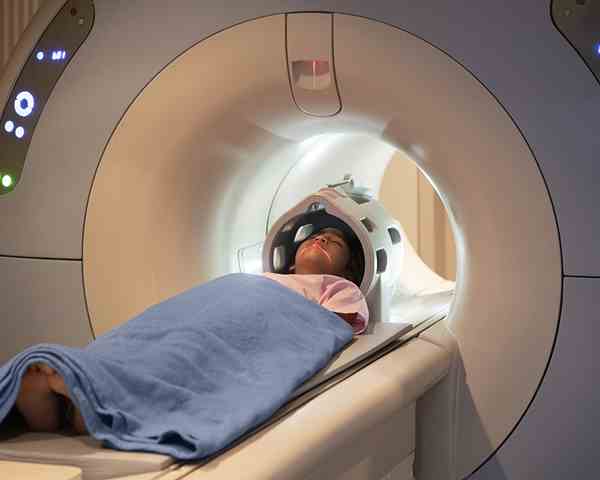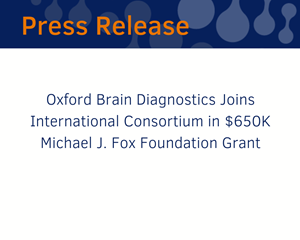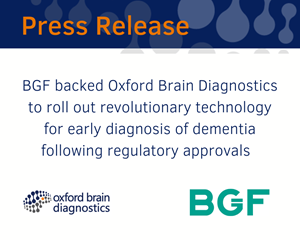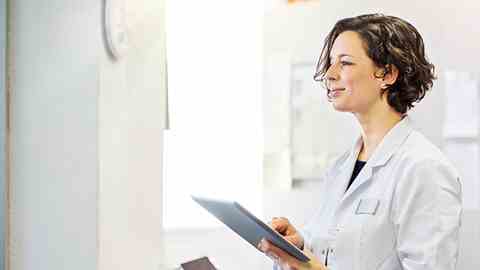Rethinking brain health

We are on a mission to change the way the world thinks about brain health.
Oxford Brain Diagnostics is committed to analysing the cellular structure of the brain in a way no one else can, to support drug development and aid clinicians around the world in their fight to defeat Alzheimer’s and other neurodegenerative conditions.

Our novel technology assesses brain health based on changes in the cellular structure.
Our pioneering approach, and novel measures unlock unique insights that enable us to predict, detect, quantify, track and differentiate neurodegenerative conditions.
This gives us the potential to revolutionise how people think about brain health.

Supporting more efficient drug development and personalised patient care.
Previously inaccessible insights unlocked by our proprietary technology will support more targeted, efficient drug development.
Our products
Latest news

INmune Bio Reports New Phase 2 Grey Matter Imaging Data at CTAD Conference Reinforcing XPro1595’s Evidence Base in High-Inflammation Alzheimer's Patients
Using CDM PerpPD+, a next-generation MRI imaging analysis that quantifies the diffusion components of water molecules that are perpendicular to the cortical gray matter’s minicolumns in the brain (PerpDP+, from Oxford Brain Diagnostics), investigators observed a trend towards slowed neurodegeneration progression in patients receiving XPro1595. These analyses focused on participants with early AD and high inflammatory burden (ADi), including the dose-compliant subgroup.

OBD Guest Speaker series - Dr Henne Holstege
Dr Henne Holstege provides valuable insights into her research on the #100-plus Study: an on-going prospective cohort study of centenarians who self-reported to be cognitively healthy, their first-degree family members and their respective partners

Oxford Brain Diagnostics Joins International Consortium in $650K Fox Foundation Grant
Oxford Brain Diagnostics is collaborating with top North American institutions on a 24-month project to detect early-stage Parkinson’s using advanced MRI and their FDA cleared technology - Cortical Disarray Measurement. Funded by The Michael J. Fox Foundation, the initiative aims to develop objective biomarkers to improve diagnosis, treatment, and clinical trials in PD.

BGF backed Oxford Brain Diagnostics to roll out technology for early diagnosis of dementia
CDM Insights, powered by Cortical Disarray Measurement, is now FDA 510(k) cleared and UKCA approved. Backed by BGF and active in clinical trials, OBD is expanding in the US and UK to combat diseases like Alzheimer’s, Parkinson’s, and Multiple Sclerosis.

